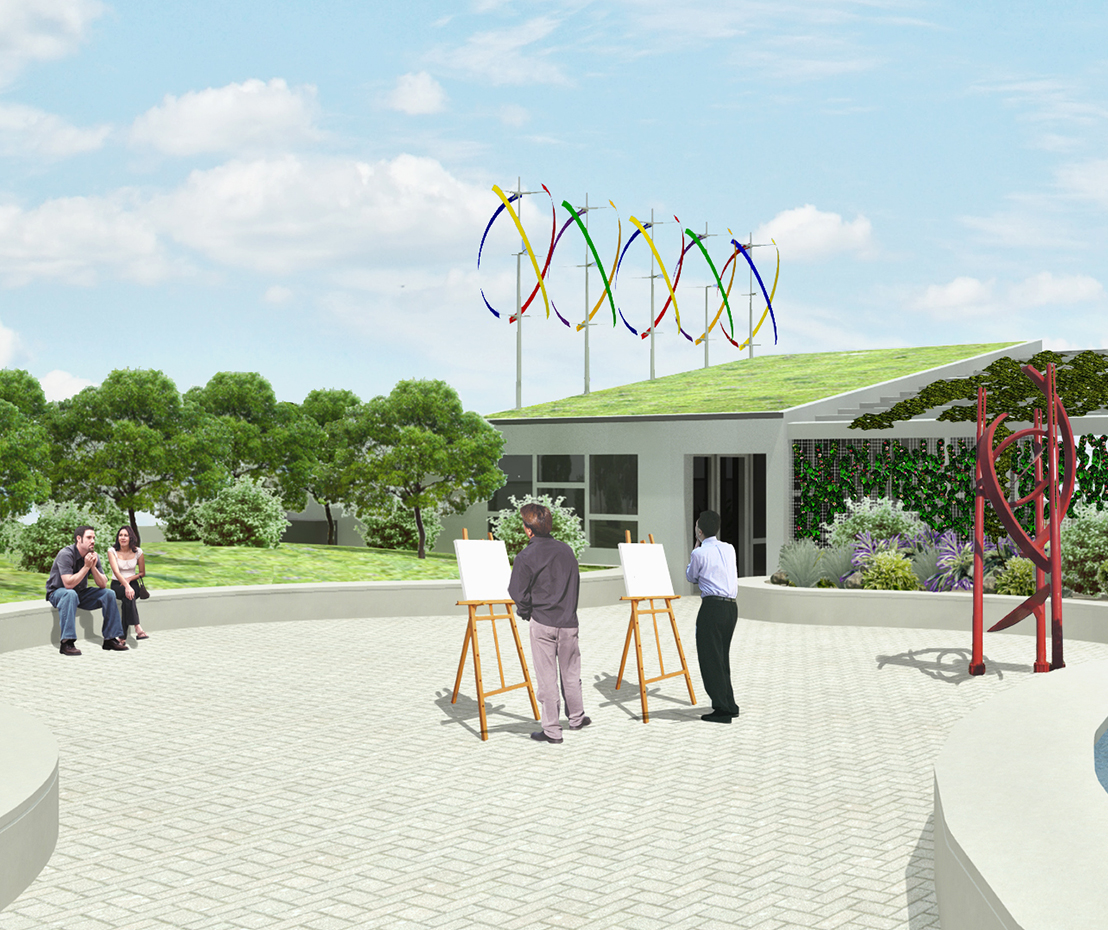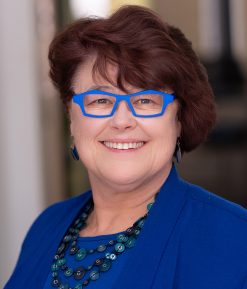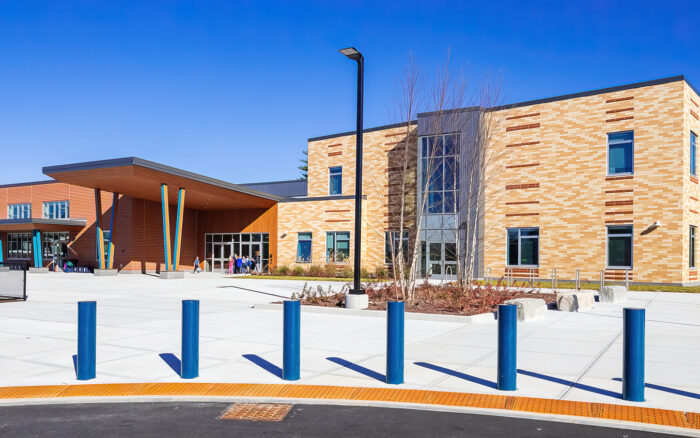A Passionate Vision Becomes a Sustainable Reality
When students at Boston Latin School’s Youth Climate Action Network (YouthCAN) embarked on a mission to reduce the carbon footprint of their school and promote learning about sustainability, they turned to us to help turn their vision into reality. Their enthusiasm about the project was contagious and we were excited to engage with the students in a participatory design process that resulted in a multi-level, multi-dimensional, sustainable roofscape at the nation’s oldest school.
Location
Boston, MA
Client
Boston Latin School Association
Students
2,401 (per 2024 DESE numbers)
Grades
7-12

Existing Structures Inform Design Possibilities
We began by investigating the roof, brick envelope, structure, HVAC, and plumbing systems’ existing conditions. This included a preliminary code review and the necessity of future hazardous materials and structural testing, and informed the concept design possibilities.
During programming and design meetings with students, staff, and administrators, we established several rooftop design goals, including to:
- reduce CO2 emissions
- offer new opportunities for science study
- demonstrate different micro-environments and green roof systems
- offer longitudinal study of the efficacy of each
- create a replicable model of sustainability for other schools

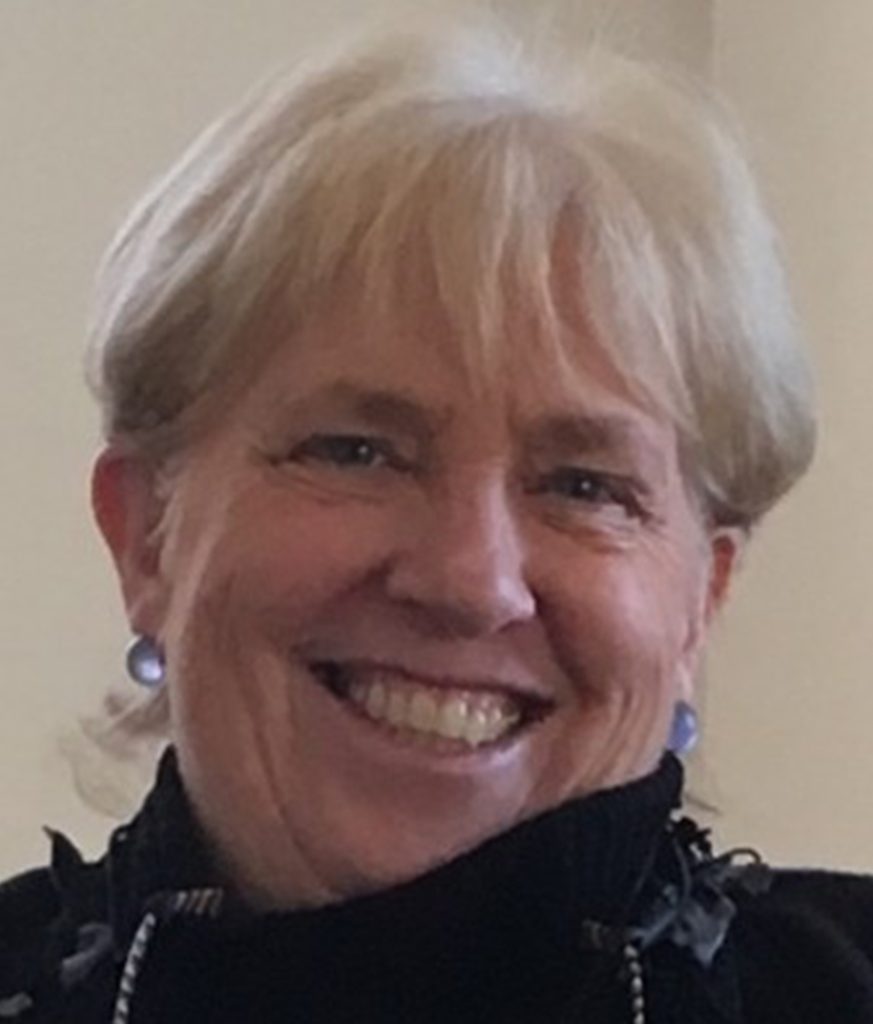
“We couldn’t ask for a better mentor or partner in this odyssey…Surely there can’t be many people in the world that would devote their time and attention to young people and their fledgling big ideas. We are so grateful!”
– Cate Arnold, BLS teacher and Faculty Advisor to YouthCAN
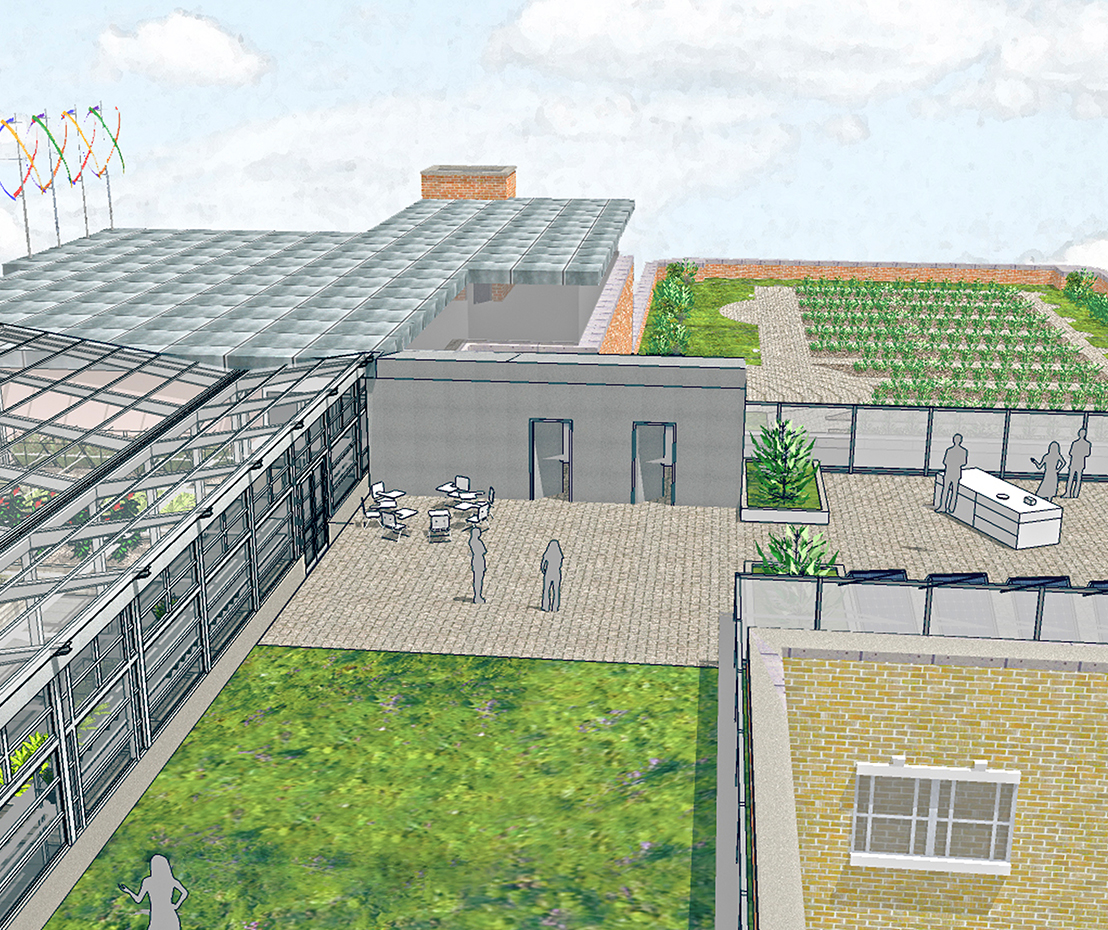
Hands-On Learning on the Rooftop
Working closely with the students, we developed a design featuring a series of light courts visible on multiple floors with extensive vegetated roof systems that create a revolutionary and inspiring roof-top learning environment. The upper roof transforms into a series of linked learning spaces that promote an interdisciplinary approach to learning and connect that learning to real world applications. For example, a rooftop greenhouse and culinary gardens supply fresh produce to the school cafeteria.
A learning laboratory for science, environment, and technology can be broken into multiple classrooms that include roof-mounted wind turbines, a weather station, CO2 measuring devices, and other data collection equipment. Accessible photovoltaic and solar thermal panels will be deployed toward the school’s electricity and hot water needs on the south side and gym roof, and movable equipment and furnishings guarantee flexibility for multiple activities.
Finding Inspiration in Nature
Adjacent to the learning lab is an art and contemplation garden, “Giverny at BLS,” with a shallow pool and local fruit trees and shrubs on either side. From it, a path curves through an intensive woodland garden back to the rooftop farm. An extensively planted upland meadow extends east-west the length of the building on the north side, another space that provides inspiration for students and educators alike.
